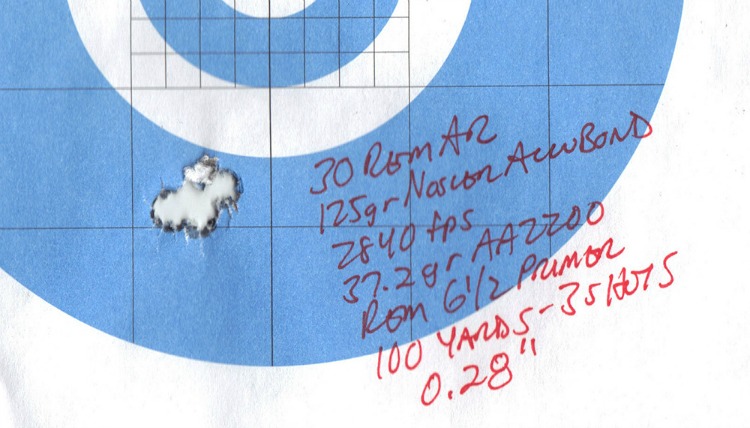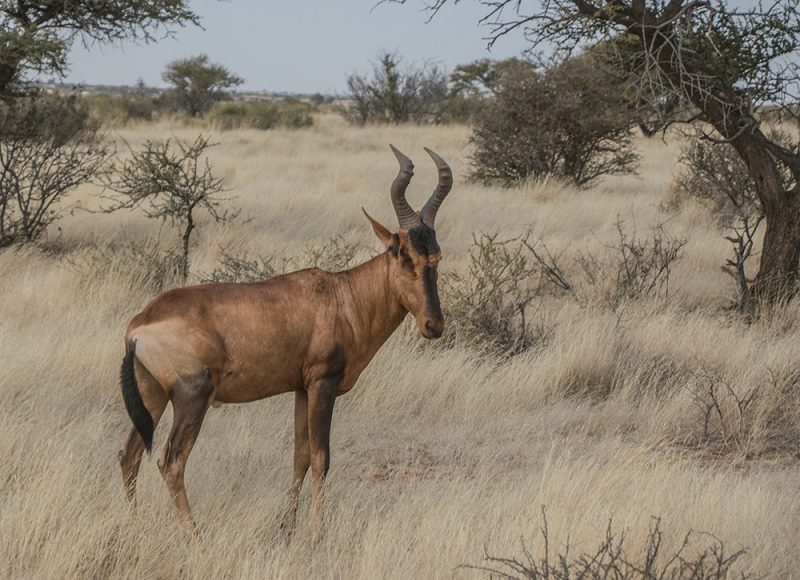Minute of Moose vs. Minute of Angle
Richard Mann 08.14.17

There’s this notion among many hunters that a big game rifle must group three or five shots inside a minute of angle (1.047 inches at 100 yards). The general consensus is a rifle that cannot consistently produce that level of precision is unsuitable for hunting. The best one-word way I can describe this nonsense is as follows: bullshit.
I say this for several reasons. First, I’ve hunted all over the world with rifles that might on occasion shoot that well, but generally would be considered at best 1.5 or 2.0 MOA rifles. In other words, on any given day, they would be capable of shooting a three- to five-shot group smaller than 1.5 or 2.0 inches at 100 yards. Here’s the thing: I’ve used such rifles to take big game animals out beyond 500 yards.
Secondly, I can count on one hand the number of big game rifles I’ve owned and/or fired that were capable of putting every shot they fire into a group measuring less than 1.0 MOA. Rifles like this are simply a rarity. Sure, I’ve seen many rifles that will do it frequently or on occasion, but every time? That not might be as rare as unicorn poop, but it’s close.

And finally, the vital zone of a big game animal is generally about the size of a soccer ball – about 8 inches in diameter. If you put a good bullet inside this vital zone, you’ll get your animal. A rifle that consistently shoots 2.0 MOA groups will do this out to 400 yards. Do you have any business shooting that far? Most don’t, and many will struggle hitting a soccer ball – from field shooting positions – at 100 yards.
The truth is that most successful shots at big game animals are taken at much closer distances. During a recent 30-day safari in Africa, where more than 50 head of big game were taken in camp, the average shot distance was 202 yards. The precision of most of the rifles used during that safari would fall in the 1.0 to 2.0 MOA range.

If having a 1.0 MOA or less rifle is important to you, that’s fine. If you want to know if your rifle is a 1.0 MOA rifle, take it to the range and shoot five, five-shot groups off the bench. If they all measure less than 1.047 inches, then you have a 1 MOA rifle. Yeah! Welcome to the club. Guess what, no one or none of the animals care about this club or who is in it.
Serious precision rifles, such as those that win precision shooting matches, will put every shot in one ragged hole. None of them are hunting rifles, and you won’t find a shooting bench in the woods or on the African savannah.

What’s more important is that you can take your big game rifle and hit a soccer ball out to the furthest distance you intend to shoot, every time, from field shooting positions. When it comes to this — to what really matters — your shooting skill, the fit of your rifle, and the rifle’s trigger will matter much more than how that rifle performs from the shooting bench. This type of skill — practical marksmanship — is more dependent on the shooter than the rifle. Practicing this is also hard and humbling, which is why most hunters don’t do it enough.


